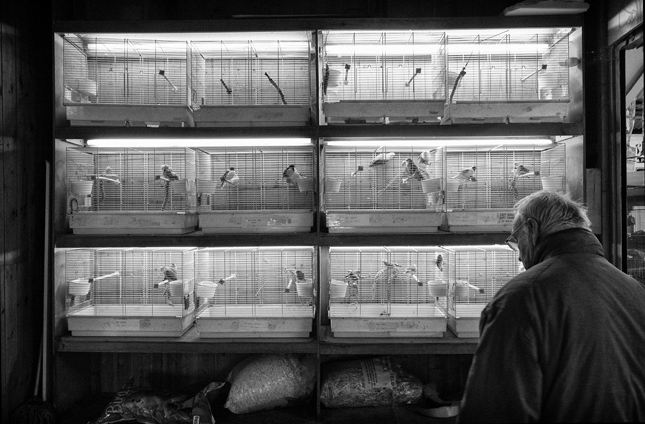-
Elizabeth Devitt, Mongabay
Getting a Grip on an Unlikely Threat to Biodiversity: The Pet Trade
February 16, 2017 By Wilson Center Staff
The legal commercial exotic animal trade is a booming enterprise that ships ornamental fish, mammals, birds, reptiles and amphibians around the world. These pets, livestock and other animals can carry unexpected infectious diseases from their homelands. If these non-native species escape or are released to the wild, they can create epidemics among susceptible endemic wildlife.
Four U.S. agencies oversee live animal imports, but there is currently no systematic screening for disease in most live animal imports. The majority of animals processed through American ports for the pet industry fall under the aegis of the U.S. Fish and Wildlife Service, which has no authority to conduct health inspections. Livestock imports are regulated by the U.S. Animal and Plant Health Inspection Service (APHIS), with oversight by the Department of Homeland Security’s Customs and Border Protection. Species known to carry certain diseases (rabies in dogs, or tuberculosis in monkeys, for example) are monitored by the Centers for Disease Control and Prevention.
According to a 2010 report from the U.S. Government Accountability Office, a lack of interagency collaboration creates gaps in health surveillance that could leave native wildlife and people exposed to disease. These risks could potentially be enormous. A single fungal disease, Chytrid, for example, devastated more than 200 amphibian species worldwide.
A related pathogen, Batrachochytrium salamandrivorans, originating with the Asian salamander trade, wreaked similar havoc on native populations in the Netherlands and Belgium. If this fungus gains a foothold in the U.S. – a salamander biodiversity hotspot – experts fear entire species could be wiped out.
Sources: Mongabay, U.S. Government Accountability Office.
Photo Credit: A pet shop in Tooting, United Kingdom, courtesy of flickr user Stephen Percival.
 A Publication of the Stimson Center.
A Publication of the Stimson Center.



